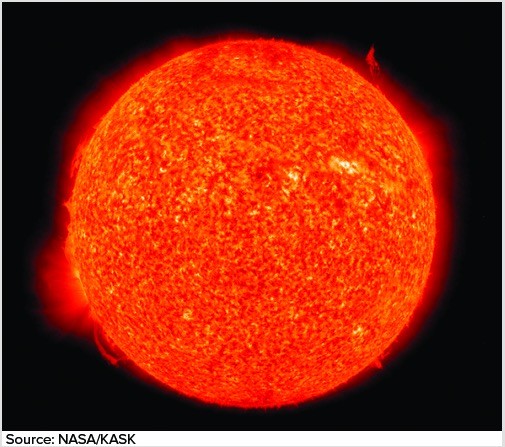Which of the following statements best describes how this object may have formed?
A. A star ejected its outer envelope of gas and plasma.
B. Interstellar gas and dust accumulated due to gravity. Some pockets had enough mass to cause star formation.
C. A supernova exploded, probably from the late-stage evolution of a high-mass star.
D. Material accumulated into a sphere because of gravity, and it underwent nuclear fusion of hydrogen.
Answer: D
You might also like to view...
What are the main components of South Asia's massive pollution cloud?
What will be an ideal response?
During the Pleistocene, ____ experienced major glacial expansion
a. North America and Eurasia b. Antarctica and Greenland c. Antarctica and North America d. Greenland and South America
In 1974, Dr. Rowland and Dr. Molina made what observation regarding ozone (O3)?
A) Ground-level O3 irritates human eyes and respiratory systems. B) Anthropogenic O3 releases were a major culprit in global warming. C) The photochemical interactions of chlorofluorocarbons and O3. D) Automobile exhaust and sunlight were producing photochemical smog.
What is NOT included in a watershed?
A. overland flow B. streamflow C. valley bottom D. valley sides E. entire interfluves